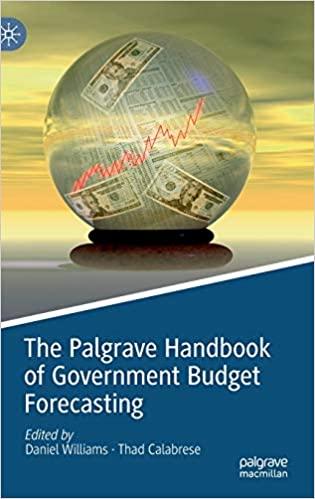Question
Lang Enterprises is interested in measuring its overall cost of capital. Current investigation has gathered the following data. The firm is in the 21% tax
Lang Enterprises is interested in measuring its overall cost of capital. Current investigation has gathered the following data. The firm is in the 21% tax bracket.Debt: The firm can raise debt by selling $1,000-par-value, 8% coupon interest rate, 11-year bonds on which annual interest payments will be made. To sell the issue, an average discount of $40 per bond would have to be given. The firm also must pay flotation costs of $20 per bond. Preferred stock: The firm can sell 6.5% preferred stock at its $90-per-share par value. The cost of issuing and selling the preferred stock is expected to be $6 per share. Preferred stock can be sold under these terms. Common stock: The firm's common stock is currently selling for $75 per share. The firm expects to pay cash dividends of $8 per share next year. The firm's dividends have been growing at an annual rate of 6%, and this growth is expected to continue into the future. The stock must be underpriced by $6 per share, and flotation costs are expected to amount to $ 7 per share. The firm can sell new common stock under these terms. Retained earnings: When measuring this cost, the firm does not concern itself with the tax bracket or brokerage fees of owners. It expects to have available $150,000 of retained earnings in the coming year; once these retained earnings are exhausted, the firm will use new common stock as the form of common stock equity financing. For parts f and g below, assume that the capital structure weights for the firm are as shown in the following table:
What is the after-tax cost of debt using the approximation formula? (Round your percent response to two decimal places.) What is the after-tax cost of debt using the bond's yield to maturity (YTM)? (Round your percent response to two decimal places.) What is the cost of preferred stock? (Round your percent response to two decimal places.) What is the cost of retained earnings? (Round your percent response to two decimal places.) What is the cost of new common stock? (Round your percent response to two decimal places.) Using the cost of retained earnings, what is the firm's WACC? (Round your percent response to two decimal places.) Using the cost of new common stock, what is the firm's WACC? (Round your percent response to two decimal places.)
Step by Step Solution
There are 3 Steps involved in it
Step: 1

Get Instant Access to Expert-Tailored Solutions
See step-by-step solutions with expert insights and AI powered tools for academic success
Step: 2

Step: 3

Ace Your Homework with AI
Get the answers you need in no time with our AI-driven, step-by-step assistance
Get Started


